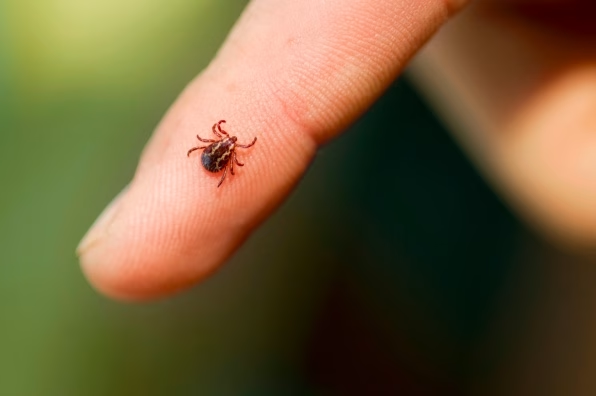It has become increasingly evident that Lyme disease is a growing healthcare problem in the United States. With more than 400,000 people being diagnosed and treated for the condition annually, there is the need to address the Lyme issue more seriously. What exactly is Lyme disease? It’s an illness that still has a cloud of mystery over it. What’s known are the cause, the symptoms, and signs, and complications that can develop. If you are experiencing any of the following signs or symptoms or have been bit by a tick recently, visit AFC Urgent Care Methuen. Our physicians can help diagnose and recommend the proper treatment for Lyme.
Causes, Signs, and Symptoms of Lyme Disease
Lyme disease is a vector-borne disease that is caused by the bacterium Borrelia burgdorferi and Borrelia mayonii. Though rare, the bite of an infected black-legged tick can transmit the bacteria to humans.
Lyme disease can produce several symptoms, but it depends on the stage of the infection a patient is experiencing. Common symptoms in the early stage of Lyme disease include fatigue, fever, headache, muscle and joint aches, swollen lymph nodes, and a skin rash in the shape of a bullseye. If Lyme disease goes untreated, symptoms typically grow more severe, and according to the Centers for Disease Control and Prevention, may produce the following symptoms:
- Severe headaches and neck stiffness
- More erythema migrans on areas of the body
- Facial paralysis
- Arthritis that characteristic of severe joint pain and swelling
- Shooting pains, numbness, or tingling in the hands or feet
- Irregular pain in muscles, joints, or bones
- Irregular heartbeat
- Dizziness
- Shortness of breath
- Nerve pain
Strategies for Tick Removal
The goal of tick removal is to do it as quickly and carefully as possible. Arm yourself with a set of clean tipped tweezers and get ready for the removal.
To remove the tick:
- Grasp the tick with the tweezer close to the skin’s surface
- Use steady, even pressure to pull the tick upward. Avoid twisting or jerking motions that can result in the breakage of the tick’s mouth that could remain in the skin. Should this happen, use the tweezers to remove the broken parts for your skin
- After the tick has been removed, use warm water and a gentle soap to clean the bite site or rub it with alcohol.
- Safely dispose of the tick, flushing it down the toilet.
If you are experiencing difficulty or cannot do it yourself, visit AFC Urgent Care Methuen for help.
Post-Treatment Lyme Disease Syndrome
Lyme disease can be treated with a 2- to 4-week course of oral antibiotics, but symptoms can sometimes persist following treatment, including pain, fatigue, or difficulty thinking. When this happens, the condition becomes Post-Treatment Lyme Disease Syndrome (PTLDS). It’s unclear exactly why some patients develop PTLDS, but some experts think that the Borrelia burgdorferi can trigger an “auto-immune” response leading to the symptoms in the absence of the infection. With time, patients with PTLDS get well, but that could be months later.
The aftermath of a tick bite could mean Lyme disease for you. While it’s not the end of the world if you develop an infection, it’s impossible to predict how the illness will affect you. Antibiotics treatment could make you well again, or you could end up being one of the people to develop PTLDS. Either way, prevention is always the best cure, so do what’s necessary to avoid getting bit by a tick.


